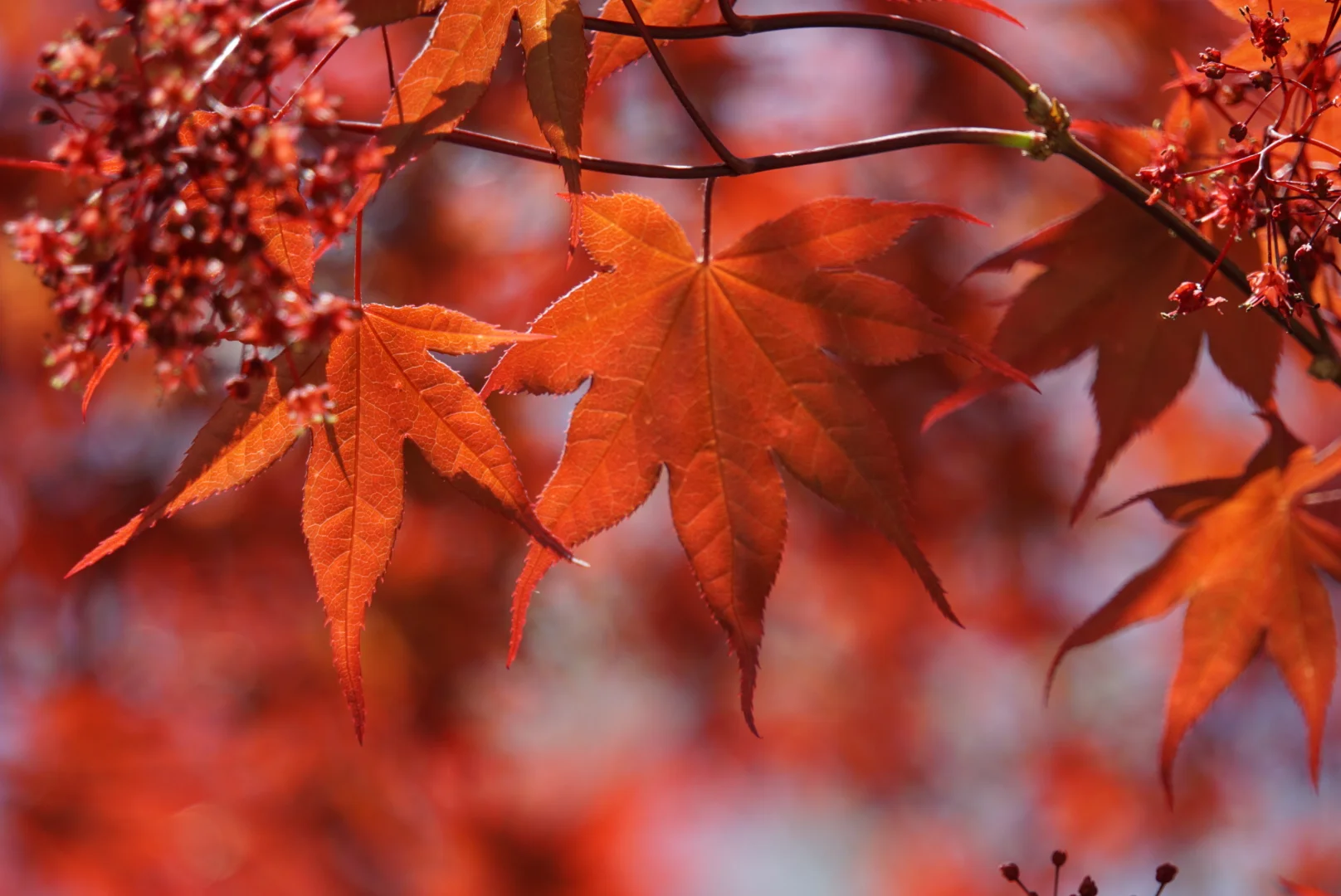Earlier this week the UN released a new climate report that says what we all know is true: that the world is entirely messed up and the future of our planet and the human race is indeterminate. As disheartening as reports like this are, I am still hopeful that with passionate conservation efforts and a thoughtful reduction in carbon emissions, there is a future for us.
In this week’s parasha, we read about many of the ways the Torah works on environmental conservation. We read that we are supposed to let fallen fruits lie, we read that we should leave parts of our fields uncut, we are prohibited from animal abuse, and we are told not to completely pick clean the fruits of the earth.
Trees are symbolic of much within Judaism.
The element I want to focus on here are the laws about when we may harvest from our orchards. When we plant a tree, we must first wait for it grow to a point where it can grow fruit, which takes time. Then the first three years a tree grows, the fruit is inedible. Its fourth year, we are required to give it up to God. Only in the fifth year may we eat of the tree.
Trees are symbolic of much within Judaism. We are told in Deuteronomy 20:20 not to destroy fruit trees when we go to war as they are a source of life. We read in Proverbs 3:18 that Torah is a “tree of life” and of course in Genesis 3, we see the Tree of Life and the Tree of Knowledge of Good and Evil. They represent a permanence that radiates through our verses and our lives.
“Unless someone like you cares a whole awful lot, nothing is going to get better. It’s not.”
Perhaps we should understand nature the way the Bible does: that our actions have long standing consequences that even we are not capable foreseeing. We cannot eliminate our carbon footprint entirely, but if we work hard, eat smarter, and understand the nature of our consequences, the world can get better. As Dr. Seuss says, “Unless someone like you cares a whole awful lot, nothing is going to get better. It’s not.”

